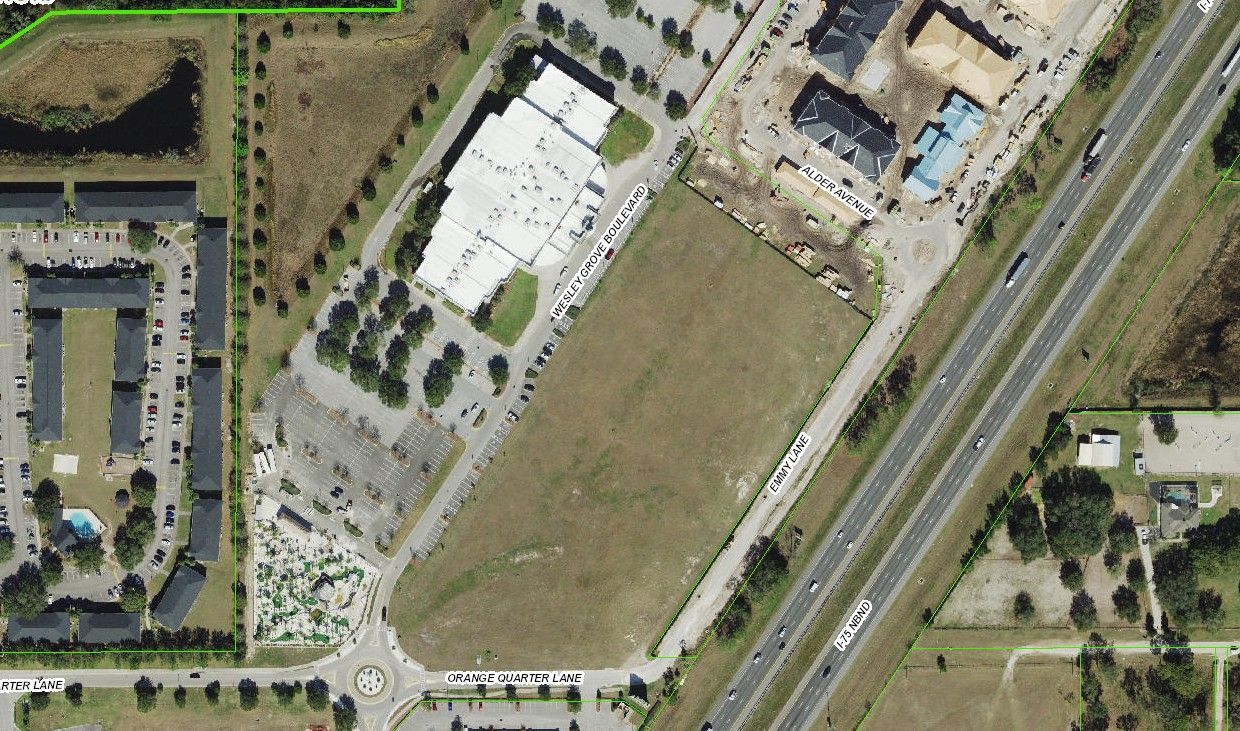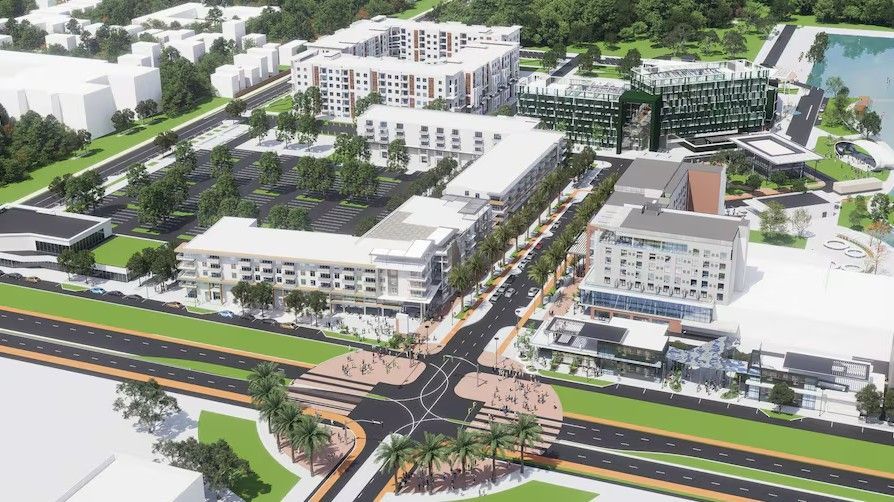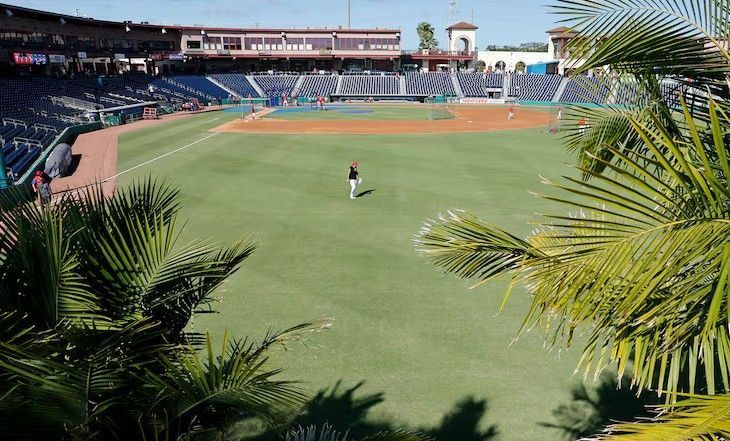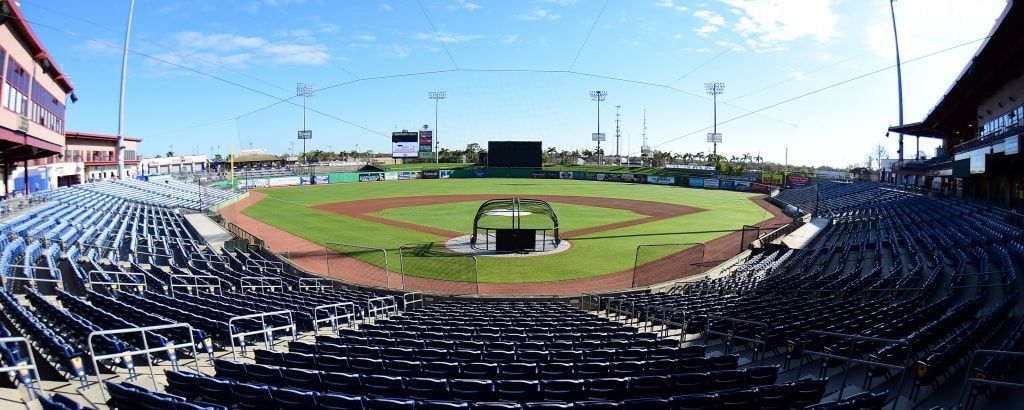Phillies ramp up their plans for Clearwater expansion
The Phillies organization is planning a $250 million mixed use complex dubbed “Ballpark Village” located on 13 acres south of the BayCare Ballpark and Carpenter Field Training complex. The Ballpark Village adds onto the team’s planning for a major revamp of the city-owned stadium facilities where they hold their spring training - which has an estimated cost of $320 million.
A company tied to the Phillies purchased the 13 acres located next to the stadium (located off of U.S. 19 & Drew Street) for $22.5 million in November 2022. Mayor Brian Aungst Sr., says the concept that was pitched last Wednesday is a $570 million baseball, residential, and retail complex that would boost tourism and change the baseball experience for both fans and players.
The Phillies, despite providing more detail regarding their ongoing project planning, did not tell city officials how much they will ask the city and Pinellas County to contribute to the project. The Phillies expect to submit an application with further details in August for county bed tax dollars – a 6% tax that is collected on hotel and short-term rental stays.
City and County dollars will go towards stadium and training complex rebuilds, not the mixed-use Ballpark Village. The complex will be one of several projects competing for bed tax dollars, as the Tampa Bay Rays have yet to submit an application for bed tax dollars towards the rebuild of their St. Petersburg Stadium (Tropicana Field), part of the Historic Gas Plant district development project.
Plans for the stadium and retail projects are still conceptual, and consultants will handle negotiations regarding the team’s financial request with the city when the Phillies are ready to discuss in further detail.
Part of the stadium and training complex redesign will accommodate high-tech player development making the ballpark a year-round facility instead of just a spring training base. The training facility would also add rehabilitation pools, and floor scales that track a player’s weight distribution through an entire swing. The current training facility is described as being like a high school weight room.
Fan experience would also change, with 2,000 more seats and a large event center added. A two-story pool has been pitched to be constructed in the right field for use during games, like what the Arizona Diamondbacks have in their stadium. The Phillies also plan to relocate some departments to Clearwater year-round and increase full-time staff and faculty at the stadium from 70 to about 200.
The BayCare Ballpark, where the Phillies hold spring training, has been open since 2004. It seats 7,300 with an additional grass berm seating for an additional 1,500. The Clearwater Threshers also call the ballpark home.
Source: Tampa Bay Times
Thank you for your interest. If you are in need of Appraisal & Valuation services in the Clearwater area, contact:
Mike Cliggitt, MAI, MRICS, CCIM
813.405.1705 - Direct Line
SHARE CONTENT






